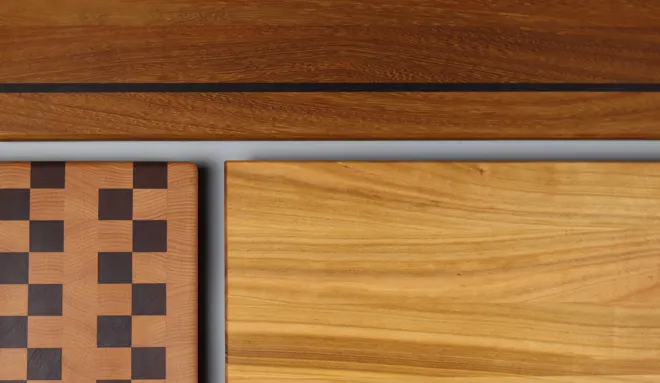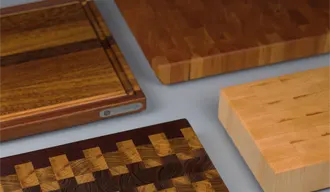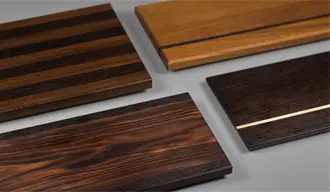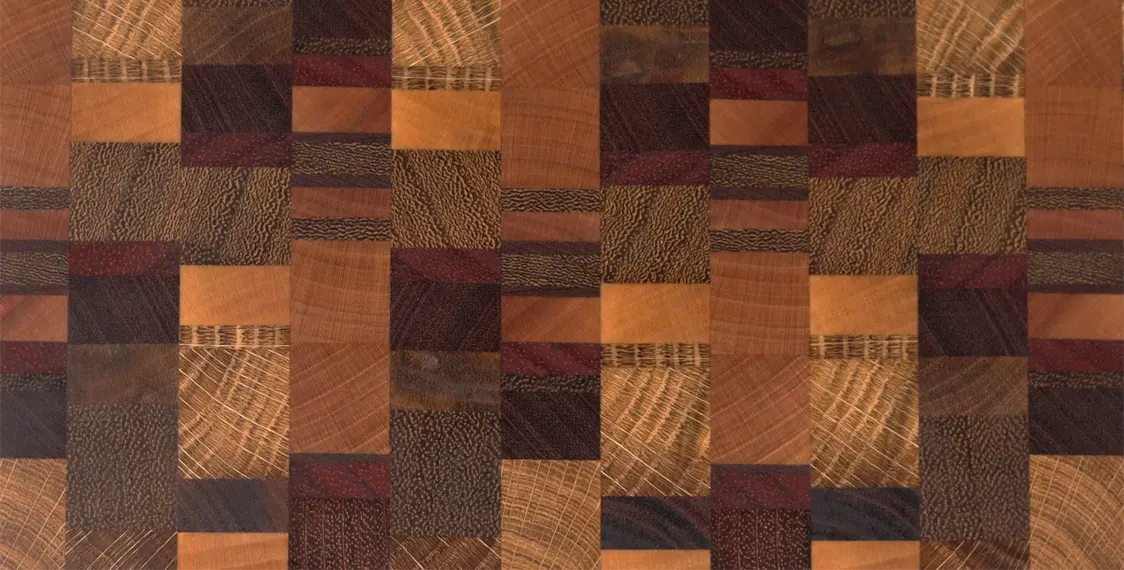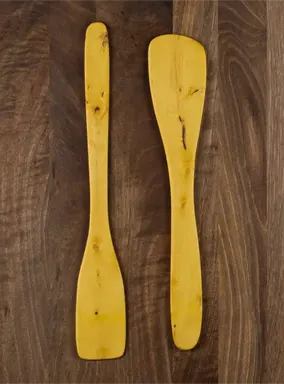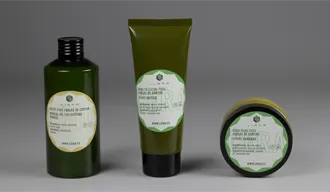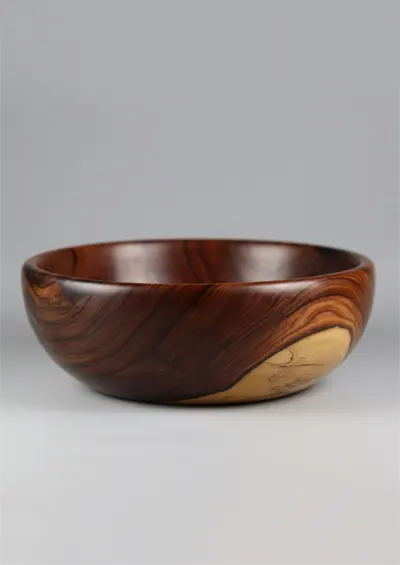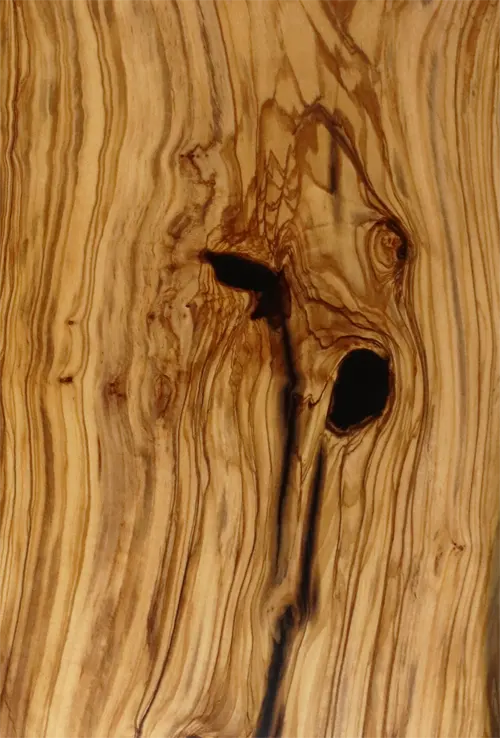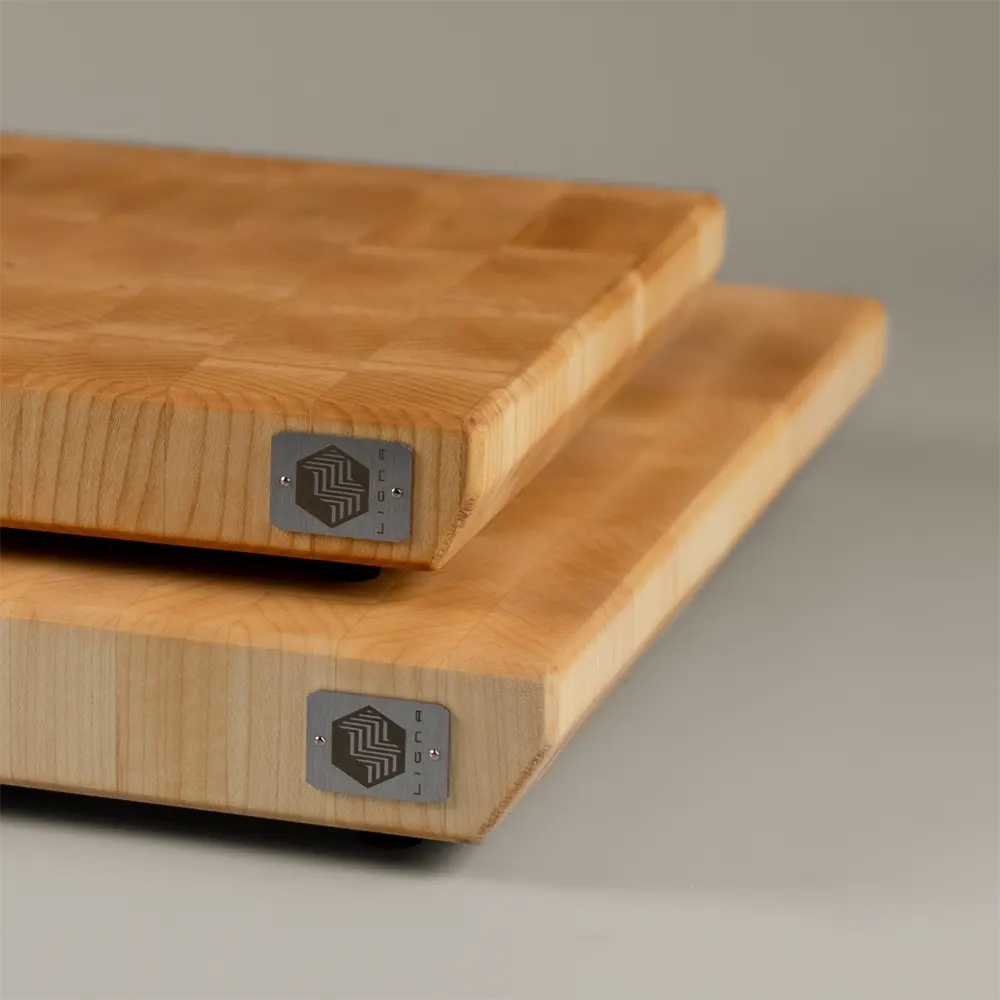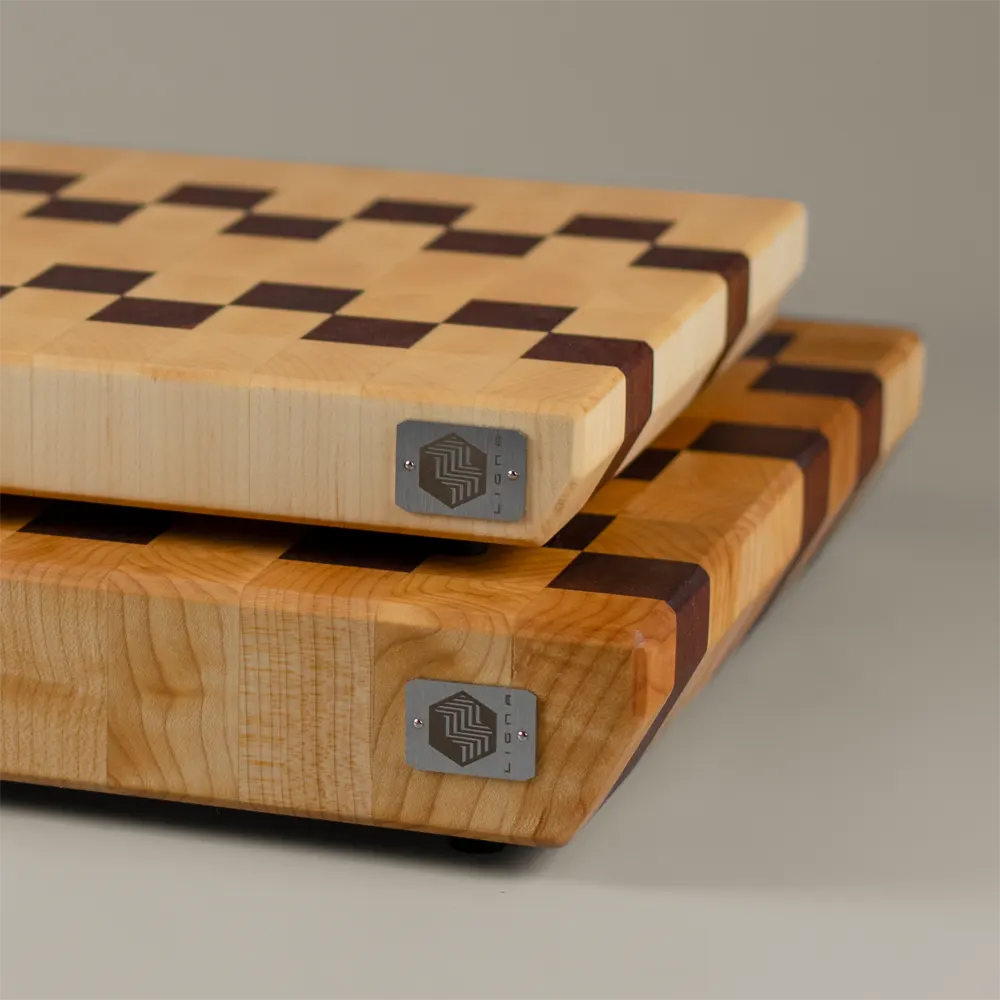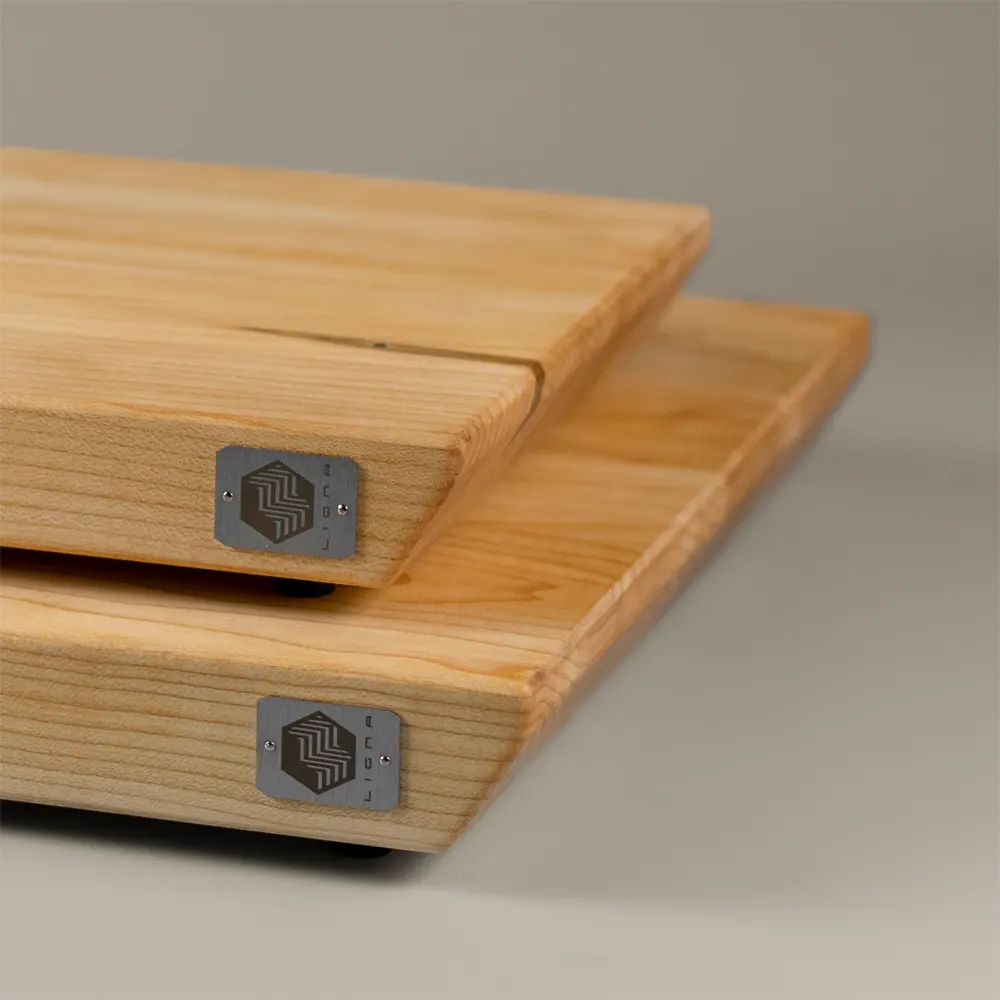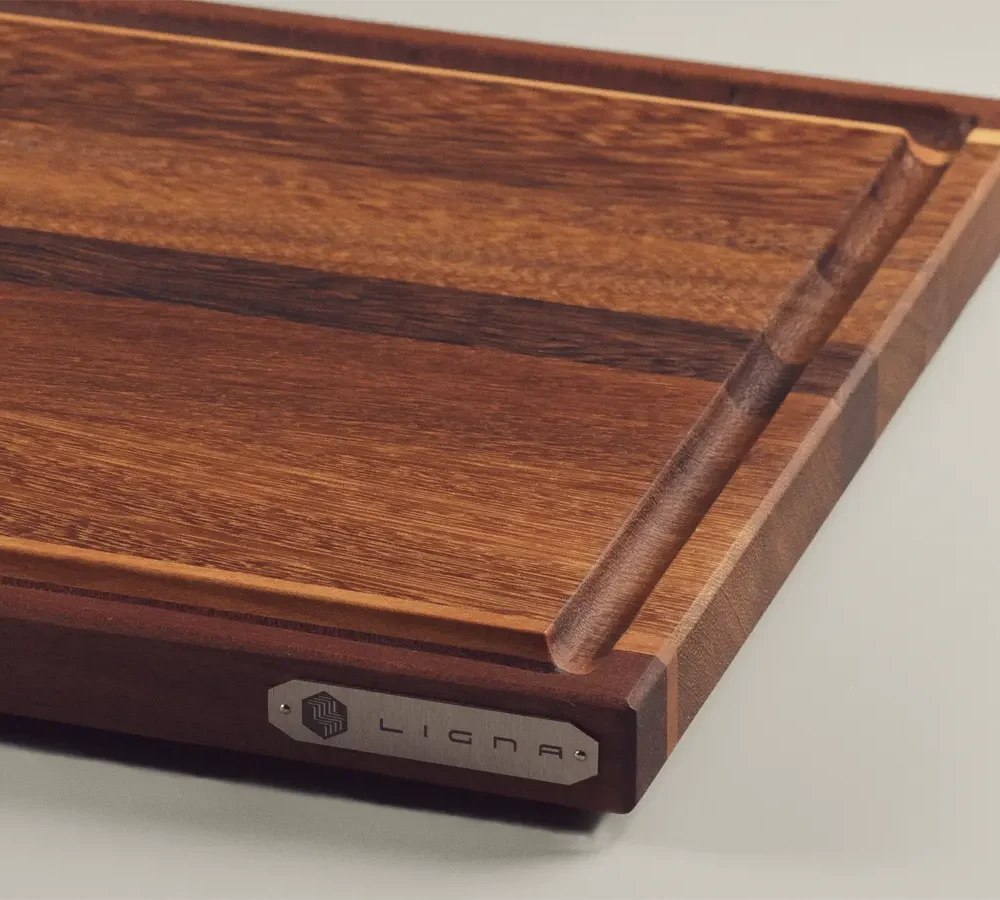Hard Maple Wood: Uses and Characteristics
Hard maple wood (Acer saccharum), also known as sugar maple, is highly valued in carpentry and in the manufacture of kitchen utensils for its strength, durability and visual appeal.
Originating mainly from North America, this type of wood stands out for its functionality as well as its natural beauty.
In this article, we explain the most important characteristics of hard maple wood and its main applications.
What is Hard Maple Wood?
Hard maple wood is a hardwood that comes from one of the most common trees in North America, the sugar maple.
Its light color and fine grain are two of the reasons why it is often used in furniture and other products that require high stability and strength.
With a uniform texture and a mostly straight grain, hard maple is known for both its versatility and wear resistance.
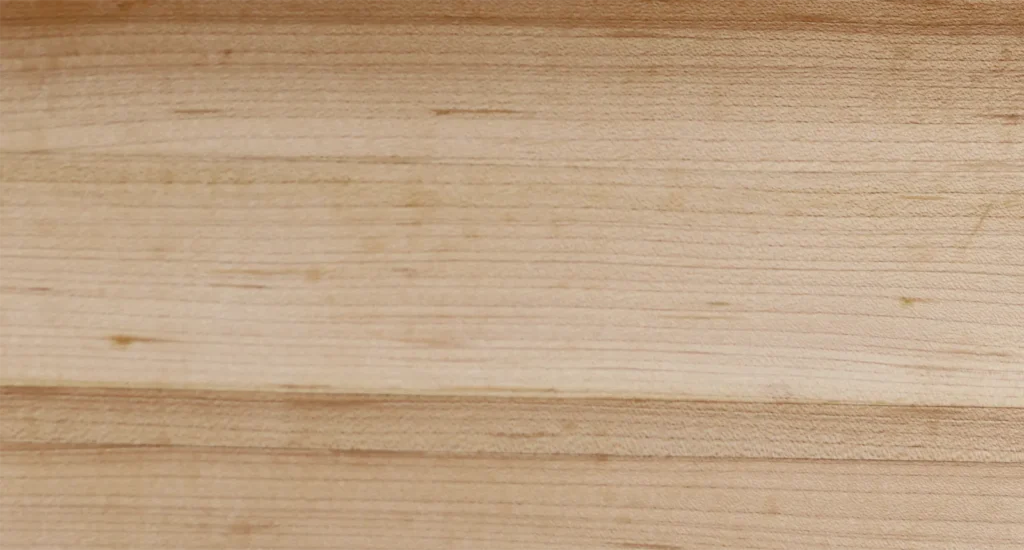
Hard Maple Wood Properties
High density and hardness
Hard maple has a density of between 710 and 750 kg/m³, which gives it significant resistance to impact and wear. This strength makes it an ideal choice for applications where durability is required.
Attractive appearance
Hard maple is one of the whitest woods in common use. As such, it is commonly used in cutting boards to give contrasting light details. Its grain tends to lack interest, which is why it is used in minimalist designs and construction. In addition, its polished surface and ability to achieve glossy finishes contribute to its popularity in high-end furniture and decorative objects.
High dimensional stability
One of the advantages of hard maple is its ability to maintain its shape in the face of temperature and humidity changes, making it ideal for kitchen applications. This characteristic is appreciated in the manufacture of musical instruments and cutting boards.
Wear resistance
Hard maple wood stands up well to everyday wear and tear, making it an excellent choice for floors and surfaces that withstand continuous use, such as kitchen countertops.
Technical characteristics of Hard Maple wood
| Property | Approximate value |
|---|---|
| Scientific name | Acer saccharum (saccharine maple or sugar maple) |
| Botanical family | Sapindaceae |
| Colour | Creamy white to light brown |
| Texture | Fine and uniform |
| Grain | Usually straight, occasionally wavy |
| Hardness (Janka) | 1,450 lbf (6.450 N) |
| Density | ~705 kg/m³ |
| Natural durability | Low (not resistant to fungi or insects) |
| Dimensional stability | Good, with low risk of deformation |
| Ease of work | Good, although it can be difficult to nail or screw without prior drilling. |
| Surface finish | Excellent: accepts dyes, varnishes and lacquers well |
| Common uses | Flooring, furniture, musical instruments, fine cabinetmaking, kitchen utensils |
Hard Maple Wood Uses
Cutting boards and kitchen surfaces
One of the most common applications of hard maple is in the manufacture of cutting boards and countertops. Its high density allows it to withstand cuts without being easily damaged, while its fine grain makes it ideal for maintaining smooth, durable surfaces.
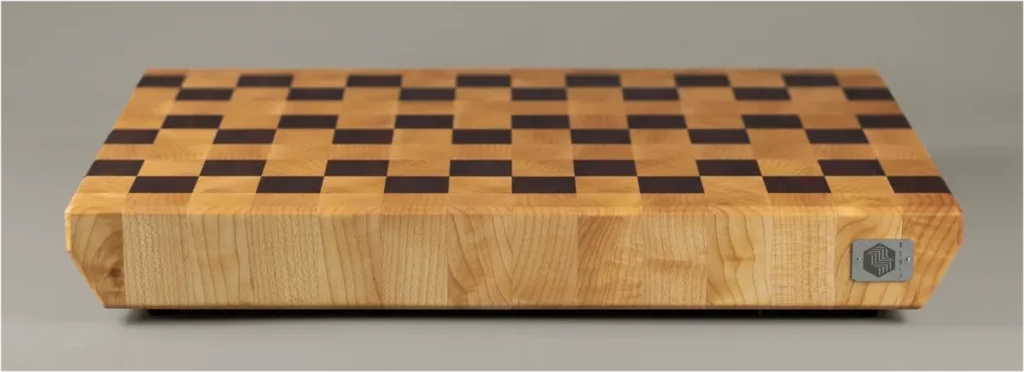
Arguably, it is technically one of the best woods for kitchen boards. In addition, its relatively low cost makes it one of the most widely used woods in the kitchen.
Wood flooring
Hard maple is an excellent choice for heavy-duty flooring, especially in high-traffic areas. Its ability to resist scratches and other common floor damage makes it highly valued in residential and commercial spaces.
Furniture and fine carpentry
Because of its workability and visual appeal, hard maple is used in high quality furniture where both aesthetics and functionality are needed. Tables, chairs and cabinets made from this wood are durable and will remain in good condition for many years.
Musical instruments
In addition to its strength and stability, hard maple is known for its acoustic properties. For this reason, it is widely used in the manufacture of instruments such as guitars and violins, where a clear and resonant sound is required.
Hard Maple Wood Advantages and Considerations
Benefits:
- Resistance: Hard maple is distinguished by its hardness and resistance, which ensures that products made from this wood will last over time.
- Versatility: From flooring to furniture to musical instruments, hard maple wood is suitable for a wide variety of uses due to its balance between aesthetics and functionality.
- Light aesthetics: Its natural color places it among the few light woods in common use that are close to white and probably the hardest of them all.
Considerations:
- Difficulty in working: Because of its hardness, hard maple can be more difficult to work, especially if specialized machinery is required.
- Cost: Because of its high availability, hard maple wood has a lower cost than other popular woods such as cherry or walnut, so, along with its exceptional characteristics, it is often used in butcher blocks, cutting boards, countertops and other kitchen elements.
Conclusion
Hard maple wood is an excellent choice for those seeking a combination of strength, aesthetics and versatility. From cookware to flooring to furniture, its ability to withstand wear and tear and its natural beauty make it ideal for projects that demand long-term quality.
Our Hard Maple wood products
-

Pure
Maplemaple butcher block
Price range: € 100,00 through € 445,00 -
 Rubra
Rubrabutcher block
Price range: € 125,00 through € 295,00 -

Linea
Maplegrain maple board
Price range: € 60,00 through € 275,00 -
 Chroma
Chromalarge carving board
Price range: € 180,00 through € 200,00
FAQ: Frequently Asked Questions About Maple Wood
What is the difference between hard maple and soft maple?
Hard maple, such as Acer saccharum, is significantly denser, stronger, and heavier than soft maple varieties. This makes it more suitable for structural or high-traffic applications such as flooring and work surfaces, while soft maple is often used for moldings or decorative elements.
Is maple wood resistant to moisture?
Not especially. Although hard maple has a good density, its natural resistance to moisture and biological agents such as fungi and insects is limited. Therefore, its use outdoors is not recommended without proper treatment.
Can hard maple be used to make furniture?
Yes. Hard maple is a highly prized wood for fine cabinetmaking thanks to its uniform texture, light color, and good workability. It is commonly used in fine furniture, cabinetry, and countertops.
How durable is hard maple wood?
In indoor environments, hard maple has excellent durability against physical wear. However, it is not naturally resistant to rot or insect attack, so it requires treatment if exposed to adverse conditions.
How does maple behave when worked?
It’s a wood that generally works well, especially with sharp tools. However, it can burn when machined at high speeds. Direct nailing or screwing can cause cracking, so pre-drilling is recommended.
Can it be easily stained or varnished?
Yes. Hard maple wood accepts finishes well, although due to its fine, uniform porosity, it may absorb stain unevenly. Applying a pre-sealer is recommended for a smooth finish.
How sustainable is this wood?
Hard maple comes primarily from sustainably managed North American forests. Its availability is high, and harvesting is controlled, making it an environmentally responsible choice.
Does it deform easily?
No. Hard maple has good dimensional stability, meaning it’s unlikely to warp or crack with changes in ambient humidity. This makes it ideal for flooring and countertops.
What is hard maple wood commonly used for?
Its most common uses include solid wood flooring, furniture, cutting boards, countertops, cabinetry, musical instrument parts, and decorative elements that require precision and strength.
Can hard maple be used outdoors?
Untreated outdoor use is not recommended. Hard maple wood is very durable indoors, but its low natural weather resistance limits its use outdoors unless a specific protective treatment is applied.
Otras entradas del blog
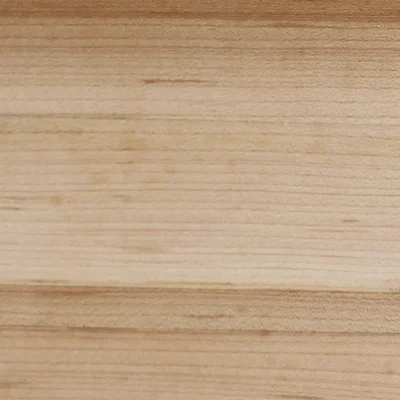
White wood: Common Species and Uses
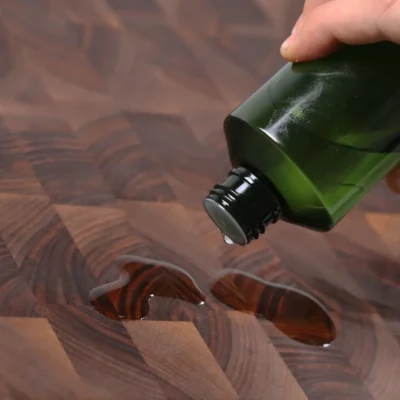
How to Care for Wood Cutting Boards like a Pro
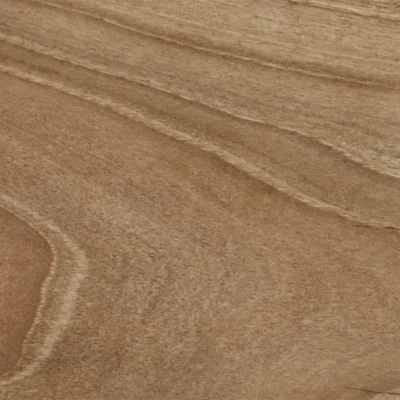
Walnut Wood: Uses and Characteristics
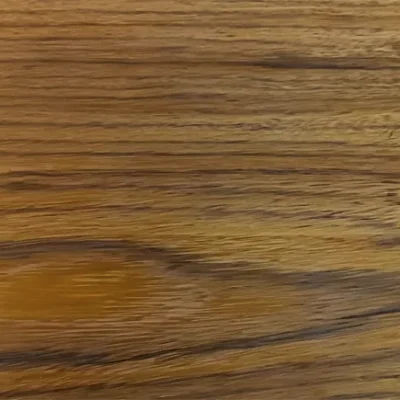
Suar wood: uses and characteristics
Nuestras tablas de cortar:
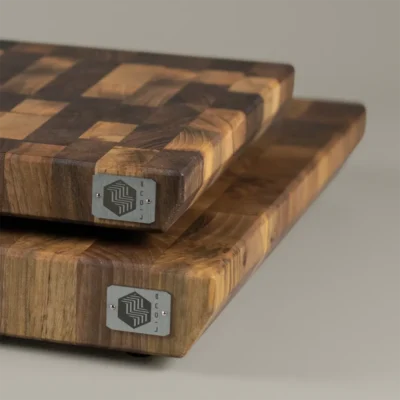
Pura
Walnut walnut butcher block
Pura
Walnutwalnut butcher block

Pura
Walnut walnut butcher block
(copia)
Pura
Walnutwalnut butcher block
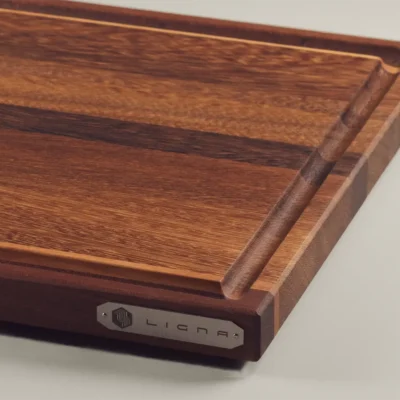
Chroma
large carving board
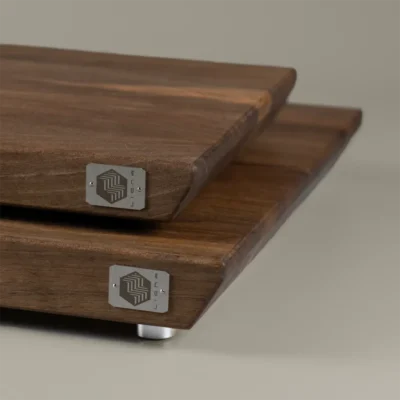
Linea
Walnut Walnut cutting board
Linea
WalnutWalnut cutting board
